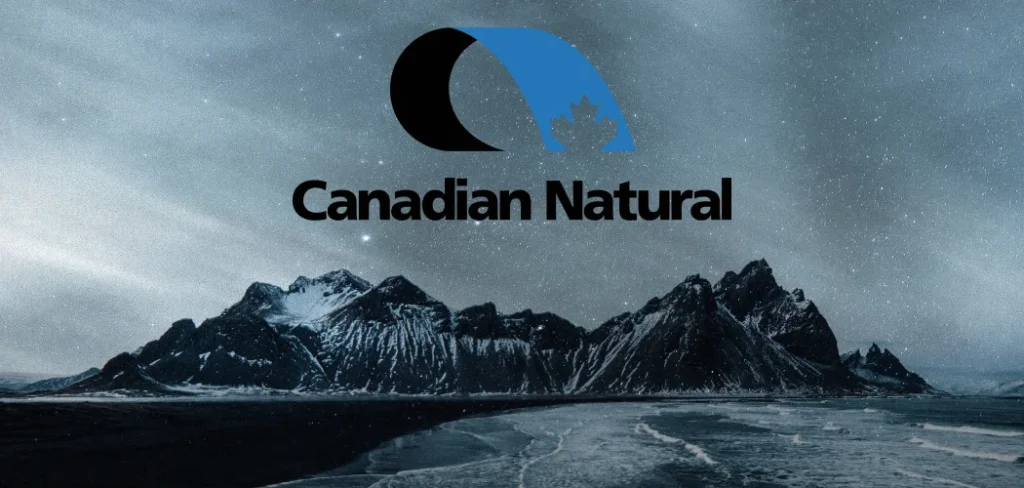Unlocking Potential: A Comprehensive Analysis of Canadian Natural Resources Limited Stock Performance in 2025

As we step into 2025, Canadian Natural Resources Limited (CNQ) finds itself at a pivotal juncture, poised to navigate the intricate landscape of global energy demands and economic shifts. With its diverse portfolio spanning oil, natural gas, and sustainable initiatives, CNQ is not just a player but a frontrunner in the natural resources sector.
This comprehensive analysis delves into the stock performance of CNQ, exploring the key drivers behind its market movements and the broader implications for investors. From fluctuating commodity prices to regulatory challenges and technological advancements, we’ll uncover the factors that are shaping CNQ’s trajectory in a rapidly evolving energy market. Join us on this insightful journey as we unlock the potential of CNQ in 2025, revealing opportunities and challenges that could influence your investment strategies and the future of Canada’s resource landscape.
Overview of Canadian Natural Resources Limited (CNQ)
Canadian Natural Resources Limited (CNQ) is a leading Canadian energy producer specializing in crude oil, natural gas, and synthetic crude oil. Headquartered in Calgary, the company operates across North America, the UK North Sea, and Offshore Africa, with a focus on long-life, low-decline assets like oil sands. As of June 2025, CNQ holds a market cap of $69.9 billion and ranks among Canada’s largest independent energy firms.
Key strengths include its diversified portfolio (57% production from oil sands), low-cost operations, and a 25-year track record of dividend growth. In 2024, CNQ reported record production of 1.36 million barrels of oil equivalent per day (boe/d) and $14.9 billion in adjusted funds flow.
Historical Stock Performance: A Look Back at Trends
CNQ’s stock has shown resilience despite oil price volatility:
2021–2023: Shares surged 75% amid post-pandemic energy demand recovery.
2024 Decline: Fell 18.5% YoY due to oil price drops (WTI crude fell from 86 to 68/barrel)。
2025 Recovery: Shares rebounded 7% YTD to $33.38 (as of June 20, 2025), supported by natural gas price strength and strategic acquisitions.
The stock trades at a forward P/E of 12.5x and offers a 4.7% dividend yield, outperforming peers like Delek Group in profitability metrics (18.45% net margin vs. N/A)。
Key Factors Influencing Stock Performance in 2025
Production Growth: Q1 2025 output hit 1.58 million boe/d, driven by oil sands mining and Duvernay asset integration.
Cost Efficiency: Industry-leading operating costs (20/barrel for oil sands) and 1.4B debt reduction in Q1 2025.
Dividend Policy: 25 consecutive years of dividend increases, with a 7% hike in 2025.
Commodity Prices: Oil (WTI: 75/barrel) and natural gas (3.30/MMBtu) remain critical drivers.
Strategic Acquisitions: $6.5B Chevron asset purchase in 2024 expanded reserves by 33 years.
Economic Indicators Impacting Market Position
Oil Demand: Global consumption is projected to rise 1.5% in 2025, driven by Asia and AI data center energy needs.
Interest Rates: Higher rates (5.25% in Canada) increase capital costs for energy projects.
Trade Policies: U.S. tariffs (10% on Canadian energy exports) could raise CNQ’s costs by $2 CAD/barrel.
Environmental Regulations: CNQ aims for 40% GHG reduction by 2035 via carbon capture projects.
Comparison with Industry Peers
| Metric | CNQ | Pioneer (PXD) | Delek Group |
|---|---|---|---|
| Market Cap | $69.9B | $63B | $3.35B |
| Net Margin | 18.45% | 11% | N/A |
| Dividend Yield | 4.7% | 2.2% | N/A |
| Reserve Life | 33 years | 17 years | N/A |
CNQ’s oil sands dominance and low break-even ($40/barrel) give it an edge over conventional drillers.
Analyst Predictions and Expert Opinions
Bull Case: 12 analysts rate CNQ a Strong Buy, with a 12-month target of $53.34 CAD (24% upside)。
Bear Case: Risks include oil price volatility, regulatory pressures, and pipeline project delays.
Consensus: Mixed signals—Strong fundamentals vs. macroeconomic headwinds. Zacks ranks it a Hold.
Risks and Challenges for Canadian Natural Resources Stock
Commodity Volatility: 70% of revenue tied to oil/gas prices.
Debt Load: $3.08B in liabilities (52.3% debt-to-equity ratio)。
Environmental Liabilities: $1.5B annual spend on carbon capture and methane reduction.
Pipeline Risks: Delays in TMX pipeline expansion could lower realized prices.
Investment Strategies for Canadian Natural Resources Stock
Long-Term Hold: Capitalize on dividends (4.7% yield) and reserve longevity. Reinvest dividends for compounding.
Tactical Entry: Buy dips below 30 with a 2-year horizon targeting 50–$55.
Hedging: Pair with renewable energy stocks (e.g., Brookfield) to offset sector risks.
Stop-Loss: Set at $28 to limit downside from oil price shocks.
Conclusion: Future Outlook
Canadian Natural Resources is a high-conviction play for energy investors. Its low-cost operations, dividend resilience, and oil sands leadership position it to thrive in volatile markets. However, success hinges on oil price stability ($70+/barrel) and smooth execution of carbon reduction initiatives.
Verdict: CNQ is a Buy for risk-tolerant investors seeking energy exposure. Diversify with 5–10% portfolio allocation and monitor OPEC decisions, pipeline updates, and quarterly production reports.